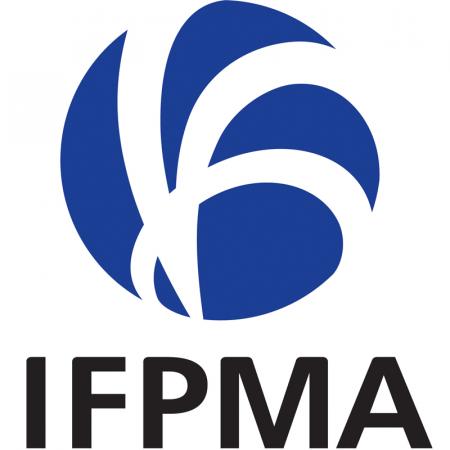An Unusual ’Gift’ from Humans: Third-Generation Cephalosporin-Resistant Enterobacterales in migratory birds along the East Asian-Australasian Flyway harboring widespread resistant plasmids
Migratory birds, particularly shorebirds, are key to the global spread of antimicrobial resistance genes (ARGs). A study collected 893 swabs from 480 shorebirds at Chongming Dongtan identified six strains of E. coli and K. pneumoniae that showed resistance to third-generation cephalosporins. The study also found two conjugative plasmids carrying the blaCMY-2 gene in E. coli and the blaKPC-2 gene in K. pneumoniae. These plasmids, primarily from human sources, highlight the need for international collaboration under a One Health framework.
AMR NEWS
Your Biweekly Source for Global AMR Insights!
Stay informed with the essential newsletter that brings together all the latest One Health news on antimicrobial resistance. Delivered straight to your inbox every two weeks, AMR NEWS provides a curated selection of international insights, key publications, and the latest updates in the fight against AMR.
Don’t miss out on staying ahead in the global AMR movement—subscribe now!







